News ·
Feeling sedimental: celebrating our impact improving water quality on the Reef
Graziers across Reef catchments are helping the health of our Great Barrier Reef by increasing sustainability and improving water quality.
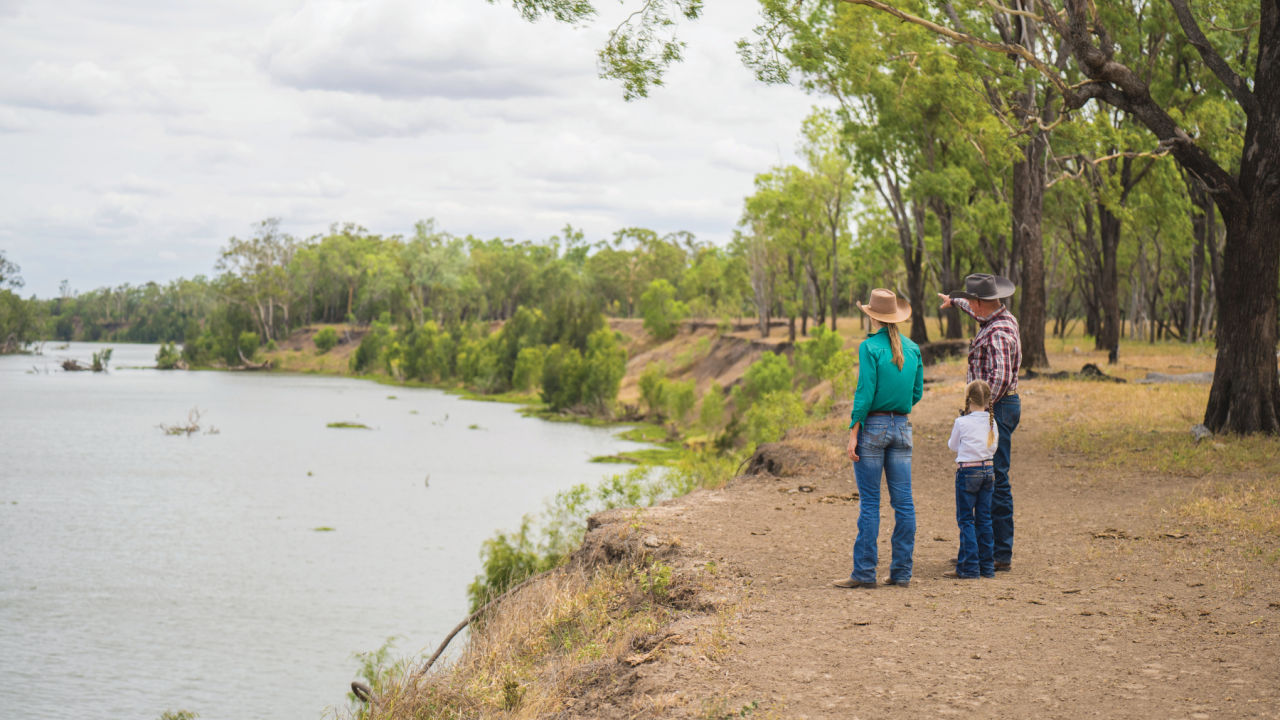
Healthy, clean water is vital to the survival of coral reefs. What happens back on land may feel miles away from the Great Barrier Reef and the species that call it home but the reality is these ecosystems are deeply interconnected. If not managed properly, the products and practices used to sustain our agricultural industry can have detrimental impacts on these delicate and precious marine habitats.
Did you know that over 8,490 kilotonnes of sediment is exported from Reef catchments every year? Poor water quality as a result of increased sediment loads has been identified as one of the most significant threats to the Reef. While often overlooked, water quality monitoring and management play a huge part in conservation efforts across the Reef and its catchments.
But where does this sediment come from? Much of the sediment that ends up on the Reef is the result of erosion on the mainland. Land use changes, deforestation and the introduction of livestock grazing all contribute to declining soil health and reduced groundcover.
Sediment flows into local waterways as runoff, usually during the wet season when heavy rain and flooding occur. This sediment that plumes out from river catchments is dispersed and hangs in the water column. The increased turbidity makes it harder for sunlight to reach seagrass and coral ecosystems that depend on it for survival.
The Reef Trust Partnership has invested $63.9 million to reduce sediment lost from Reef catchments by 222 kilotonnes per year to date. The Foundation is working with a dedicated group of delivery providers across five priority regions to achieve these lofty sediment reduction targets.
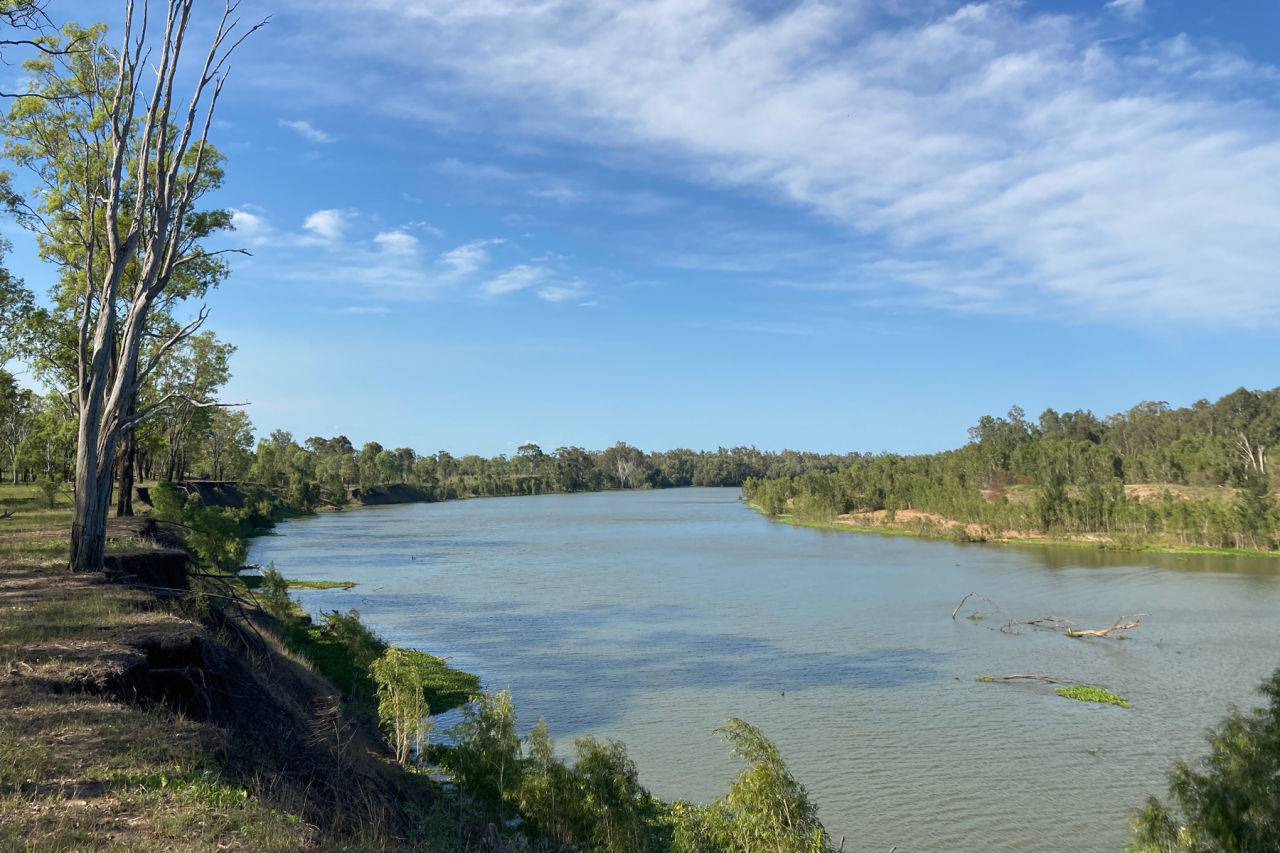
Bank erosion on the Fitzroy River before rehabilitation project implemented by the Fitzroy Basin Association. Credit: Fitzroy Basin Association
#On-ground action
Landscape remediation projects are improving degraded land and rebuilding ecological integrity. Eight major gully networks have been remediated and 16 streambanks rehabilitated to increase bank stability and reduce the force and impact of water flows, significantly lowering the amounts of sediment runoff.
Improved grazing land management practices, with over 300 on-ground projects contracted, are reducing sediment while improving productivity. Graziers have received incentive grants and have also invested $11 million of their own money to speed up the implementation of infrastructure to allow for management practice changes to reduce sediment over the longer term.
Landholders are also developing grazing strategies to enhance local biodiversity, improve long-term production capacity, build resilience, and reduce sediment losses supported by expert advice.
All the interventions and on-ground actions supported by the Reef Trust Partnership are not only benefiting individual grazing properties but are making a significant contribution to the health of local waterways as well.
A kilometre of riverbank on the Fitzroy River has been stablilised through strategic earthworks, infrastructure installation, revegetation and livestock exclusion to reduce 23,368 tonnes of sediment per year.
Fitzroy Basin Association's Daniel Boshoff said a site like this takes around 90 people from many different organisations to work well together and overcome challenges that are often unforeseen. “We are proud of this project, and we will continue to celebrate the ongoing water quality benefits to the Great Barrier Reef that this project has delivered,” he said.
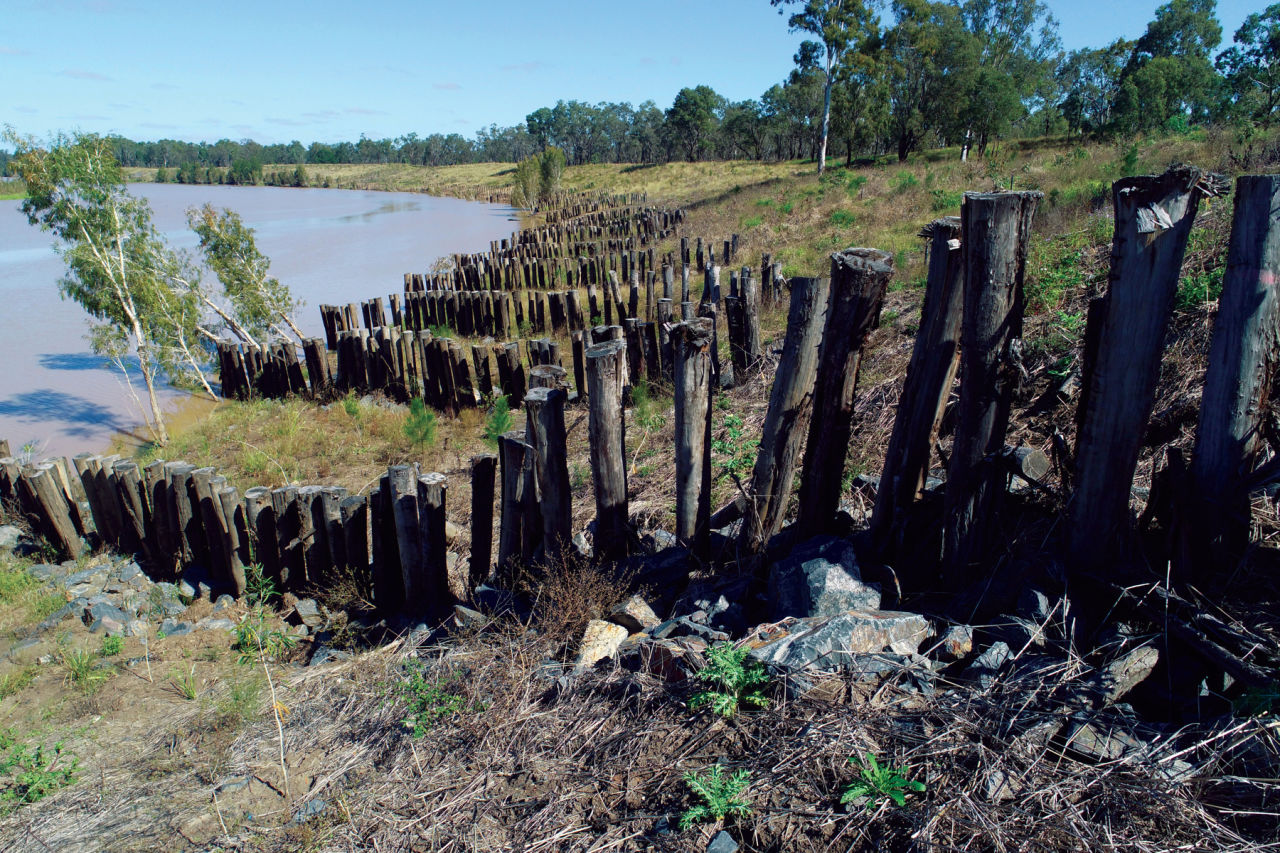
South Yamba - 1 km of streambank rehabilitated on the Fitzroy River – 23,000 tonnes/yr sediment saved. Credit: Fitzory Basin Association
#Graziers helping to improve water quality
John and Bree Skinner of White Kangaroo Station accessed resources and technical expertise to fast-track their plans to build a more resilient landscape and cattle grazing enterprise. They installed infrastructure to enable grazing rotation to increase rest periods for pasture, encouraging the recovery of grasses which consequently improves soil health and minimise runoff and erosion.
The Skinners are focusing on the long-term health of their country when making management decisions. They believe that landscape regeneration is the key to increasing sustainable beef production while reducing their exposure to drought and variable seasons on their 5,000 ha property located in between Bowen and Collinsville.
“The new grazing system is the single biggest change to overall herd and pasture management we have made,” John said.
White Kangaroo is one of the many projects where landholders are participating in activities that reduce sediment losses from their properties. These grazing land management actions will improve land condition, productivity and water quality.
This program is not only bolstering productivity and increasing landscape resilence to climate change, it is achieving a significant reduction in sediment entering the local waterways and making its way to the Great Barrier Reef.
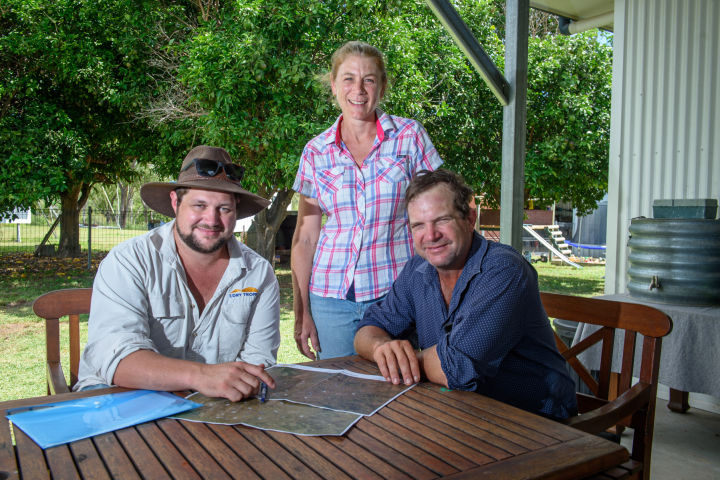
NQ Dry Tropics Grazing Field Officer Brad Martin with Bree and John Skinner of White Kangaroo Station. Credit: NQ Dry Tropics
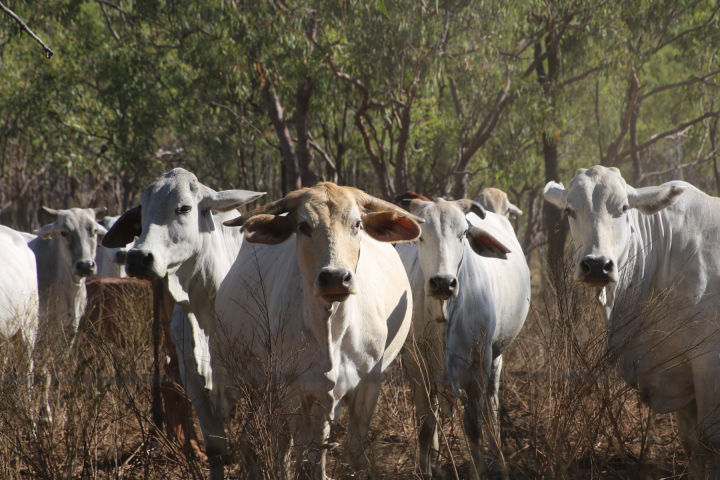
Landscape regeneration is the key to increasing sustainable beef production on White Kangaroo Station. Credit: Colleen James/GBRF
Top photo - FBA's Megan Anderson with landholder Bill Kirkwood at the South Yamba site (site 8) before works. Credit: Fitzroy Basin Association




